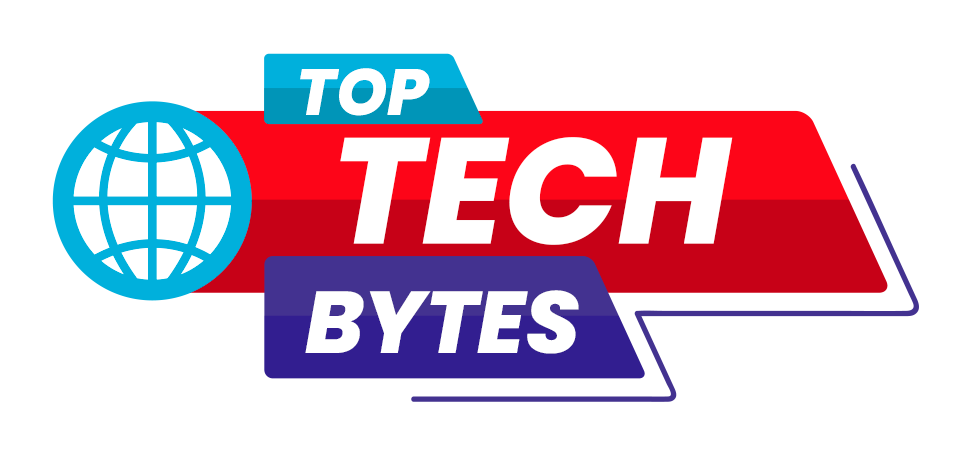Rising Cyberattacks in 2025 Emphasize Growing Risks, Ransomware Challenges, and Need for Better Cybersecurity Readiness for Companies
Cybersecurity in 2025 shows evolving risks with ransomware, data breaches, and widening resilience gaps. Businesses must adopt stronger defenses, faster response, and cyber insurance to stay protected against growing digital threats.

The year 2025 continues to demonstrate how quickly cyber risks are changing. According to Allianz Commercial's most recent Cyber Security Resilience Outlook, large corporations are improving their ability to protect against attacks. Investments in cybersecurity, detection tools, and faster response have all contributed to less losses in many recent cases.
A Complex Risk Environment
While major companies improve, the threat landscape grows. Attackers are now focused more on small and medium-sized businesses, which frequently lack the same level of defense. Dependence on digital supply chains, stricter privacy restrictions, and effective social engineering incidents in which hackers deceive employees into surrendering access, all increase corporate risks. Approximately 300 cyber claims were reported in the first half of 2025, nearly identical to the previous year. However, the severity of losses decreased by more than 50%, while significant loss claims decreased by 30%.This demonstrates that greater security measures and faster response are helping businesses decrease the impact of attacks, but there is still no room for complacency.
The Ongoing Risk of Ransomware Attacks
Ransomware attacks are still the biggest driver of cyber claims, accounting for 60% of large losses in 2025 so far. High-profile cases across industries show the danger is far from over. Attackers are also using double extortion, not just encrypting systems but stealing data as well. In fact, 40% of big claims this year involved data theft, compared to 25% in 2024.This trend is making breaches far more expensive, with the global average cost of a data breach hitting nearly $5 million in 2024.
The retail sector has also become a top target, joining manufacturing and professional services as one of the most impacted industries. Retailers handle large amounts of personal data and face major business interruption risks, making them attractive targets for extortion.
The Rising Gap in Cyber Resilience
Another notable trend is the growing gap between companies who have cyber insurance and those that do not. Businesses with insurance usually have stronger security procedures, better disaster recovery strategies, and receive additional support to recover quicker. In recent years, insured organizations have seen losses grow by approximately 70%, while the overall cost of cybercrime has increased by 250%. This demonstrates that insured businesses are significantly better protected, and that planning and additional support can make a significant impact when an attack occurs. Cyber insurance not only protects financial assets but also provides access to useful risk prevention tools and skilled response teams, making it an essential precaution for businesses seeking to remain secure in today's threat-filled digital world.
Final Takeaway
The big takeaway from 2025 is that no business can afford to ignore cybersecurity. From global enterprises to small local firms, everyone faces growing digital risks. Strong defenses, regular updates, and a clear response plan are no longer just good practices, they are survival tools. Cybercriminals are getting faster and smarter, and the only way to stay ahead is to stay prepared. Building a cyber-ready mindset is the best way to safeguard your operations, protect customer trust, and secure your future.
This article is based on information from Allianz







